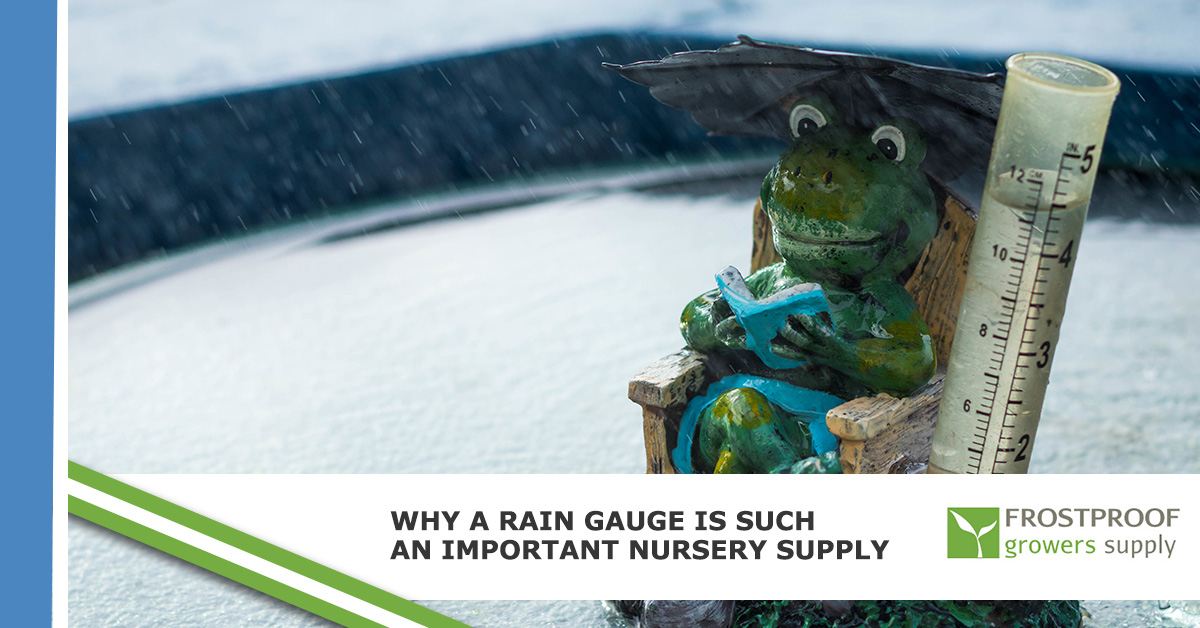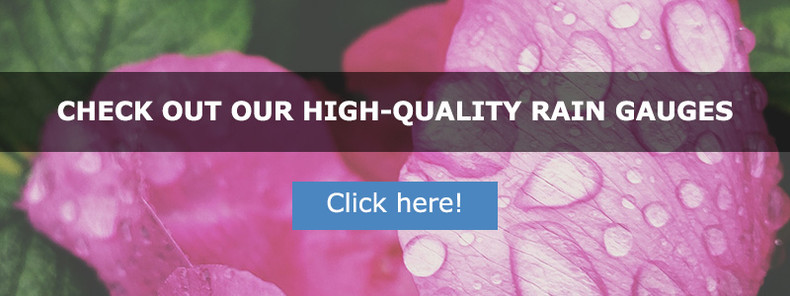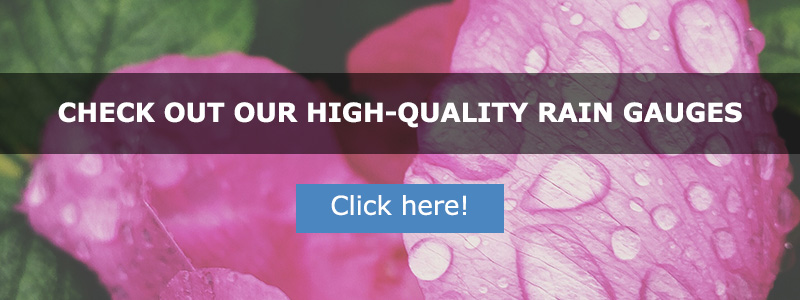
Rain gauges are devices commonly found in nurseries, orchards, and in the backyards of grandparents across the country! While that last example uses rain gauges recreationally (“You wouldn’t believe how much rain we got last night!”), the first two use them as integral supplies that help determine the amount of water trees and other plants have received.
What’s In A Name?
Let’s break down the name rain gauge, because it’s a bit of a misnomer. Rain isn’t the only thing that a rain gauge can measure, as it can be used to determine the amount of any precipitation including rain, drizzle, sleet, snow, graupel (snow pellets), and hail. Still, rain is the most common type of precipitation that these gauges are used for in most parts of the country.
Because the term rain gauge isn’t technically accurate, there are more technical names for such a device including udometer, pluviometer, and ombrometer.
Rain Gauges Measure Precipitation
This might sound very obvious, but the most common use of a rain gauge is to find out how much rain has fallen in a specific area. Trees and other plants grow best under exacting conditions, and these conditions can be altered with artificial watering (irrigation) if the rain gauge shows that not enough of it fell from the sky. This means that farmers don’t just have to guess much water fell.
But Can’t You Just Watch The News?
Few of us live in the same building as the local news station, and there certainly aren’t any orchards or nurseries in that building!
What we’re saying is, you can’t always rely on the local news to tell you how much rain fell in every area. Many cities are large enough where they’ll experience different amounts of rainfall, so it makes sense that the amount of rain experienced miles away at an orchard or nursery could be off by inches. Considering that most orchards are far away from large cities, the amount of rain claimed by the “local” news station will always be grossly inaccurate.
When you use rain gauges, you’re getting incredibly site-specific information. Some orchards are so large that they could experience different amounts of rainfall on opposite ends, meaning that different amounts of irrigation will have to be planned.
Studying Weather Patterns
Now that we know how important site-specific measuring is, it’s also important to mention how important it can be to take notes from year to year. Measuring the amount of rain received at specific times can clue an orchard owner or nursery manager to the grown rates of plants. If there’s considerably less water this year and this information is compared against temperature readings, more irrigation might have to be used in order to water deeper.
Which One Is Right For You?
We have a variety of rain gauges here at Frostproof Growers Supply, because we know just how important they are as nursery supplies. From the simplest backyard rain gauge to high-quality UV resistant varieties that can be read from 50 feet away, we have just what you’re looking for.


